- Written By Team DWS
- Jaipur City
- June 21, 2025
Exploring the Rich Heritage: A Journey Through Albert Hall Museum
Nestled in the heart of Jaipur, the Albert Hall Museum stands as a testament to Rajasthan's rich cultural tapestry. With its magnificent Indo-Saracenic architecture, diverse collection of artifacts, and historical relevance, this museum serves as both a beacon of India's heritage and a treasure trove for history enthusiasts and tourists alike. In this blog, we will embark on a journey through the Albert Hall Museum, exploring its history, architecture, collections, and the experiences it offers to visitors.
-dws638860810253363666.jpg)
A Historical Overview
Established in 1880, the Albert Hall Museum was originally conceived as a concert hall and was named after Prince Albert, the consort of Queen Victoria. The museum, crafted by Sir Samuel Swinton Jacob, welcomed its first visitors in 1887. The building was influenced by the architecture of the Indo-Saracenic style, characterized by elaborate facades, intricate carvings, and acoustic sensitivity, making it an architectural marvel.
The museum's founding was significant for several reasons. It served not only as an exhibition space for the cultural artifacts of Rajasthan but also played a pivotal role in the Indian independence movement by fostering a sense of pride in indigenous culture and art. Since then, it has become one of India’s most important museums, attracting countless visitors each year eager to delve into the subcontinent’s historical depths.
Architectural Splendor
As you approach the Albert Hall Museum, its grandeur is unmistakable. The museum's exterior, with its striking red and yellow sandstone, captures the essence of Rajasthan's architectural heritage. The garden that surrounds the museum, adorned with beautiful flora, creates a serene environment that beckons visitors to explore further.
Upon entering, one is instantly transported into a world that blends history with artistry. The museum's domes, arches, and intricately-carved pillars reflect the grandeur of Indo-Islamic architecture, drawing influences from Mughal design elements. The ornate ceiling, adorned with detailed artwork, provides an awe-inspiring backdrop to the myriad of artifacts housed within.
The iconic chhatris (elevated domed pavilions) atop the museum's structure offer a panoramic view of the vibrant city of Jaipur, making it a perfect spot for photography enthusiasts. This harmonious blend of nature, art, and architecture enhances the visitor experience, making the Albert Hall Museum not just a place of learning, but also a site of visual delight.
A Glimpse into the Collections
The Albert Hall Museum is home to a vast collection of over 20,000 artifacts, each telling a unique story and representing different facets of Rajasthan's diverse culture. The museum's collections span various categories, including textiles, arms and armor, paintings, and decorative arts, showcasing the craftsmanship and skill of artisans from past centuries.
Textiles and Costumes
One of the most captivating sections of the museum is dedicated to textiles and costumes. Here, visitors can marvel at intricately embroidered garments, stunning turbans, and traditional Rajasthani attire that reflects the vibrant hues and patterns of the region. The exhibit not only showcases the beauty of these textiles but also offers insights into the cultural significance of clothing in Rajasthan's society.
Art and Paintings
Art lovers are in for a treat at the Albert Hall Museum, where a remarkable collection of miniature paintings awaits. These exquisite artworks, often depicting scenes from royal courts, epics, and daily life, reflect the rich storytelling traditions of Rajasthan. Each painting is a window into the past, bringing to life the rituals, customs, and narratives that have shaped the region over centuries.
Arms and Armor
The section dedicated to arms and armor is another highlight of the museum. Visitors can explore an impressive array of historic weapons, including swords, shields, and daggers, beautifully crafted and embellished with intricate designs. This collection not only showcases the martial heritage of Rajasthan but also tells the stories of valor and honor that defined its warrior clans.
Decorative Arts
In addition to the aforementioned collections, the museum also features a range of decorative arts, including pottery, brassware, and stone carvings. Each piece reflects the incredible skill of Indian artisans and the artistic traditions that have been passed down through generations. These artifacts provide insight into the daily lives of people in Rajasthan and the importance of art in their cultural identity.
Engaging Visitor Experiences
The Albert Hall Museum is not merely a collection of artifacts; it is a hub of cultural engagement and learning. The museum regularly organizes exhibitions, workshops, and cultural events that invite visitors to immerse themselves in the vibrant heritage of Rajasthan. From traditional music and dance performances to art workshops and educational tours, there is something for everyone to enjoy.
Guided tours are available for those who wish to delve deeper into the museum's history and collections. Knowledgeable guides share fascinating stories and historical context, enriching the museum experience. For families, the museum offers interactive exhibits and hands-on activities that engage children and foster a love for culture and history. The museum's family-friendly approach ensures that visitors of all ages can enjoy a memorable day filled with learning and creativity.
In addition, the museum's café provides a relaxing spot for visitors to unwind after exploring the exhibits. Offering a selection of local delicacies and refreshments, it allows guests to experience Rajasthani cuisine while soaking in the artistic ambiance of the surroundings.
Conclusion
The Albert Hall Museum isn’t just a repository of artifacts; it’s a living, breathing part of Jaipur's cultural landscape. Its architectural brilliance, extensive collections, and commitment to engaging the public make it a must-visit destination for anyone exploring Rajasthan. Whether you're an art enthusiast, a history buff, or simply looking to appreciate the beauty of Indian culture, the Albert Hall Museum offers an enriching experience that resonates long after the visit. Journey through the history and artistic heritage of Rajasthan at this iconic landmark, and uncover the tales woven into the very fabric of its collections.
-dws638860810807920792.jpg)
Albert Hall Museum FAQs: Everything You Need to Know
Certainly! Here are some frequently asked questions (FAQs) about the Albert Hall Museum, which is located in Jaipur, Rajasthan, India.
1. What is the Albert Hall Museum?
The Albert Hall Museum, founded in 1880 and named in honor of King Albert of Britain, is the oldest museum in Rajasthan. It is known for its stunning Indo-Saracenic architecture and a rich collection of artifacts, including textiles, jewelry, and ancient coins.
2. Where is the Albert Hall Museum located?
The museum is situated in Ram Niwas Garden, near the New Gate of Jaipur, Rajasthan, India.
3. What are the museum's opening hours?
The Albert Hall Museum is typically open from 9:00 AM to 5:00 PM, but it's best to check for specific hours, especially on public holidays or special occasions.
4. What is the entry fee for the museum?
The entry fee varies for Indian citizens and foreign tourists. As of the last update, the fee is generally around ₹40 for Indian citizens and ₹300 for foreign tourists. Please verify the current rates before your visit.
5. Are there any guided tours available?
Yes, the museum offers guided tours which can enhance your experience by providing in-depth information about the exhibits. Check at the entrance or the museum's visitor center for more details.
6. Is photography allowed in the museum?
Generally, photography is allowed in the museum's public areas, but flash photography and tripods may be prohibited. Visitors should check for specific rules upon entry.
7. What collections can be found in the museum?
The museum houses a diverse array of collections, including:
- Traditional Rajasthani art and crafts
- Ancient coins and artifacts
- Textiles and costumes
- Decorative arts
- Arms and armor
8. Is the museum accessible for people with disabilities?
The Albert Hall Museum aims to be accessible but may have some limitations. It's advisable to inquire ahead of your visit regarding specific accessibility features.
9. Are there facilities like restrooms and cafes at the museum?
Yes, the museum has restrooms and may have a café or refreshment area available. However, it’s best to check onsite for the latest amenities.
10. Can I host an event at the museum?
Hosting events at the museum is subject to the museum's policies and availability. For inquiries about event hosting, it's best to contact the museum administration directly.
11. Is the museum suitable for children?
Yes, the Albert Hall Museum can be a great educational experience for children, providing insights into history and culture through its various exhibits. Parents should supervise children at all times.
12. How can I reach the museum?
The Albert Hall Museum is easily accessible via public transport, taxis, or auto-rickshaws within Jaipur. It is located close to other major attractions, making it convenient to include in a day of sightseeing.
13. Are there any restrictions on what I can bring into the museum?
Visitors are generally asked not to bring large bags, food, or drinks into the museum. It is advisable to adhere to the security guidelines provided at the entrance.
14. What precautions are being taken for visitor safety?
In response to health concerns, the museum may have specific safety measures in place, such as reduced capacity, mandatory masks, and sanitization stations. Please check the official website or contact the museum for the latest updates on health and safety protocols.
For the latest information regarding timings, entry fees, and experiences, visitors are encouraged to check the official website or contact the museum directly before planning their visit.
Popular on Blogs
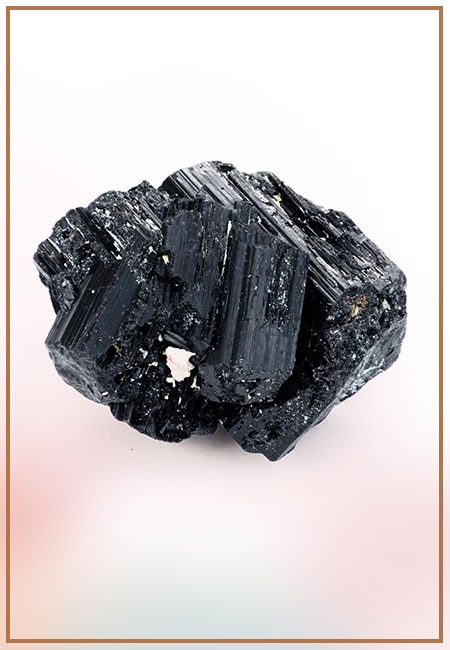
Black Tourmaline: Meaning, Healing Properties, Fascinating Facts, Powerful Attributes, Versatile Uses, and Beyond
September 05, 2023 / BY Team DWS
Black Tourmaline, also known as Schorl, is a highly revered crystal with incredible metaphysical properties. It derives its name from the Dutch word "turamali," meaning "stone with ..
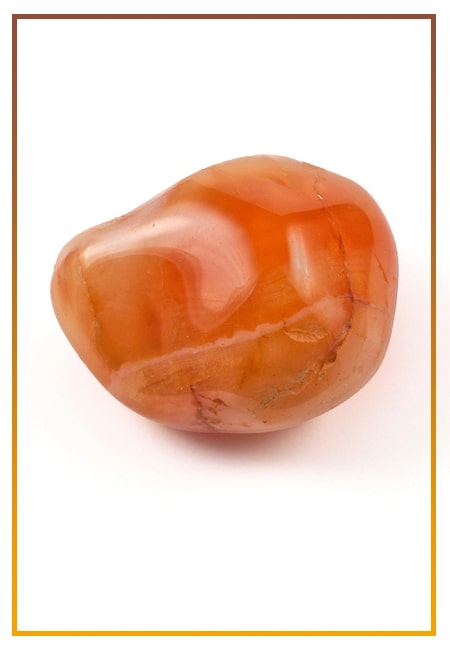
Carnelian Stone: Meaning, Healing Properties, Power, Facts, Color, Uses and More
December 26, 2023 / BY Team DWS
Carnelian is a vibrant and captivating gemstone that holds a plethora of meanings, healing properties, and powers. Its warm and fiery energy makes it a popular choice among crystal ..
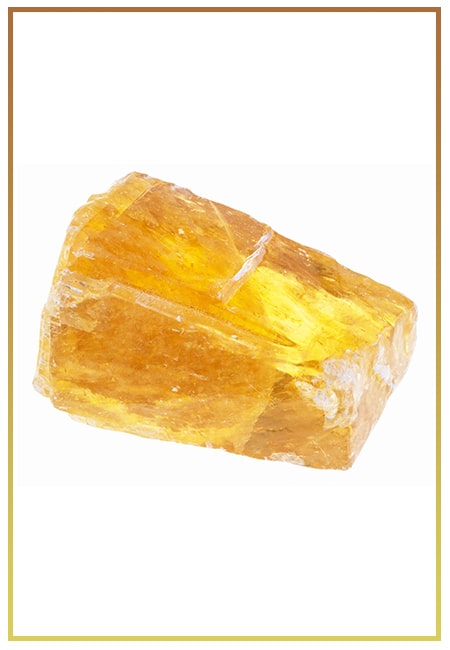
Citrine: Exploring its Meaning, Healing Properties, Fascinating Facts, Powers, Versatile Uses, and Much More
November 18, 2023 / BY Team DWS
Citrine, with its warm golden hues, has captured the attention and imagination of people for centuries. This beautiful gemstone, commonly associated with wealth and prosperity, hol ..
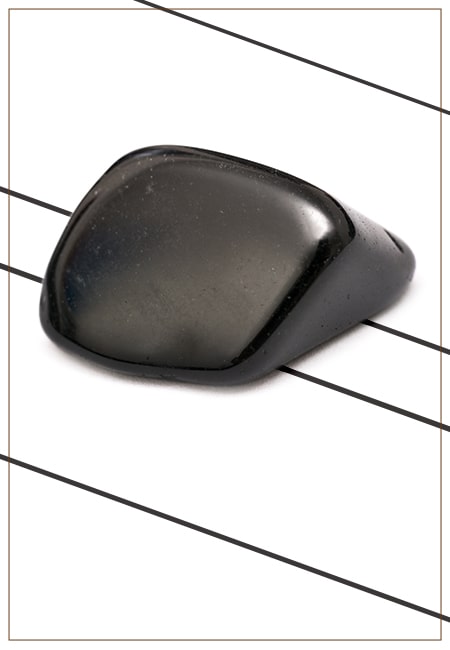
Black Onyx: Unveiling the Meaning, Healing Properties, Fascinating Facts, Powerful Attributes, Versatile Uses, and Beyond
July 25, 2023 / BY Team DWS
Black Onyx, a striking gemstone admired for its deep black hue and elegant appearance, has captivated people for centuries. In this comprehensive guide, we will delve into the mean ..
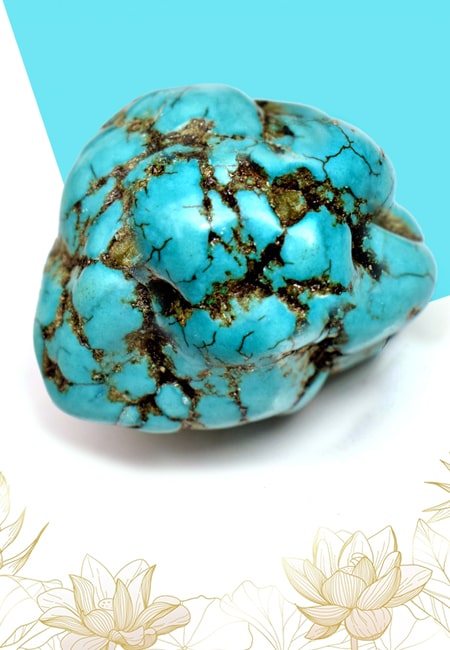
Unveiling the Mysteries of Turquoise Stone: Exploring its Meaning, Healing Properties, Power, Facts, Color, Uses, and More
December 05, 2023 / BY Team DWS
Turquoise, with its captivating blue-green hue, has been adorning jewelry and artifacts for centuries. This striking stone has a rich history, rich symbolism, and a plethora of int ..
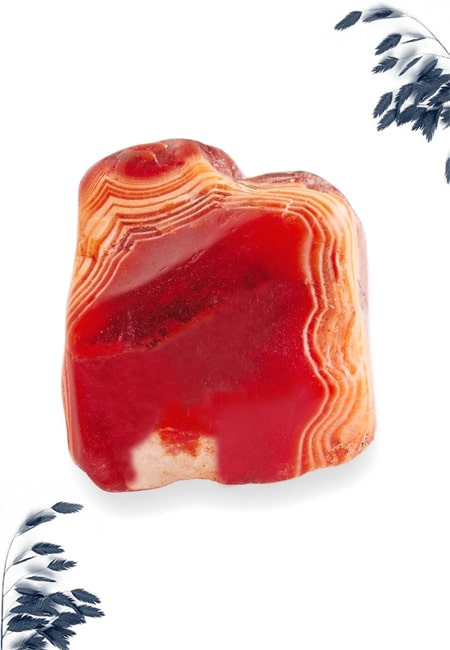
The History Behind The Popularity of Red Agate
December 23, 2022 / BY Team DWS
An Agate is a type of magma rock that takes many years till it is washed out naturally into the water. And that is the reason this stone has elements of water. This beautiful stone ..
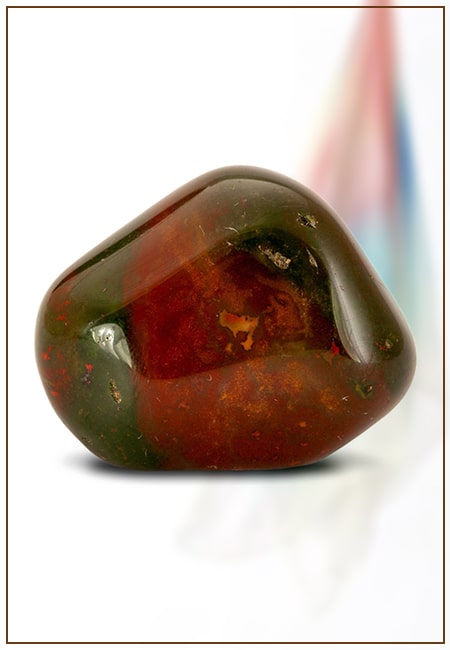
Bloodstone: Unveiling the Meaning, Healing Properties, Facts, Powers, Uses, and More
August 21, 2023 / BY Team DWS
Bloodstone, with its captivating deep green color with specks of red, is a mesmerizing gemstone that has fascinated civilizations for centuries. It possesses unique healing propert ..

Plan a Perfect Valentine's Week with Our Valentine Week List 2025
January 22, 2024 / BY Team DWS
Valentine's Day is undoubtedly the most romantic day of the year, but we believe that one day is just not enough to express your love and make your partner feel special. That's why ..


